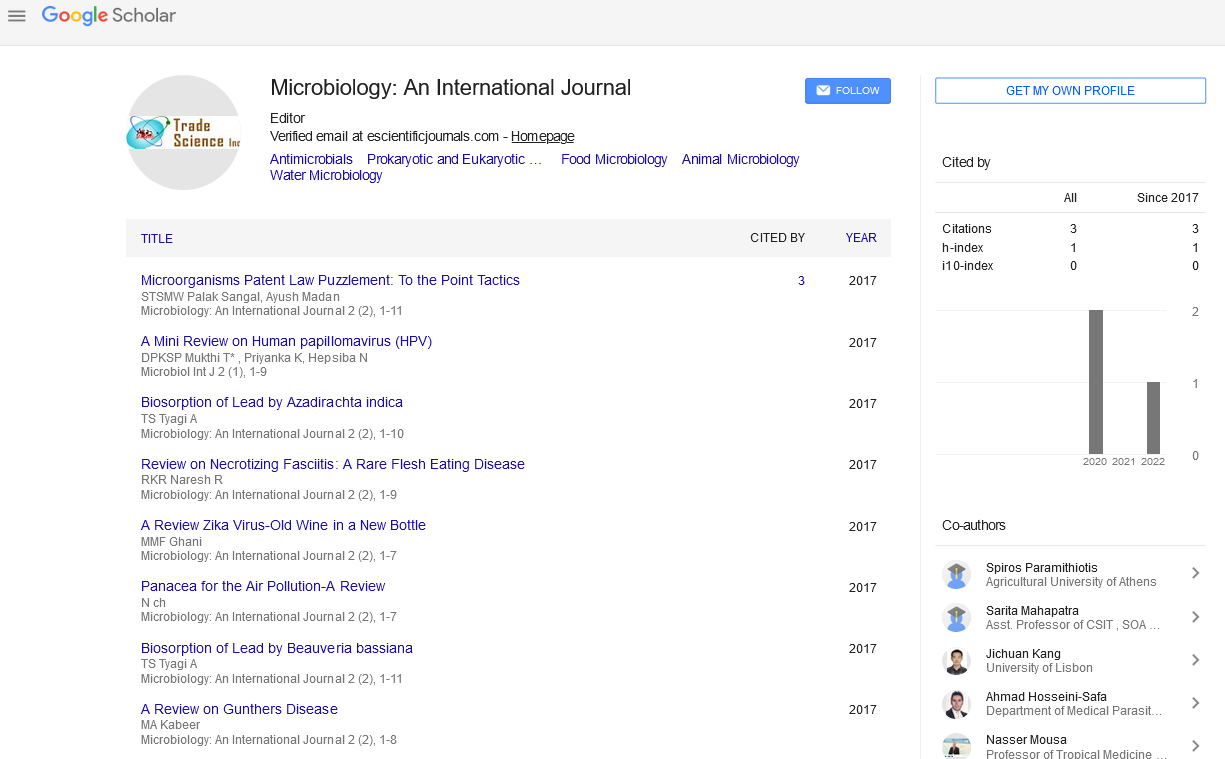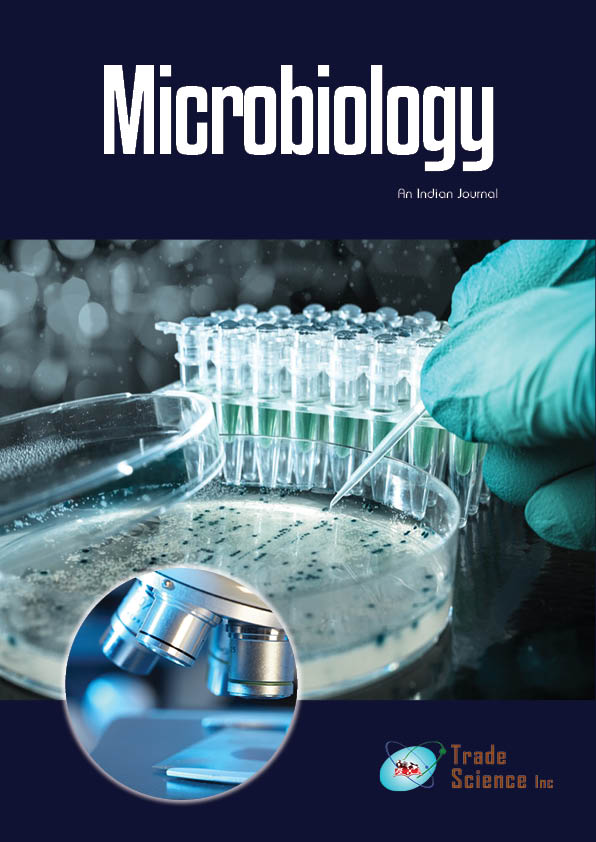Abstract
Isolates of Pseudomonas Aeruginosa from Cystic Fibrosis Patients
Author(s): Beriny Sandra*In cystic fibrosis (CF) chronic lung infections, Pseudomonas aeruginosa is thought to form as a biofilm. P. aeruginosa adhesion to both biotic and abiotic surfaces has been linked to bacterial cell motility. We used molecular and microscopic methods to identify the presence or absence of motility in P. aeruginosa CF isolates, and we statistically associated this with their ability to form biofilms in vitro. Our research revealed a wide range of biofilm generation, architecture, and regulatory mechanisms. Biofilm production ability was measured using microtitre plate assays, with phenotypes ranging from biofilm deficient to those that developed highly thick biofilms. Individual strains with swimming and twitching motility had a beneficial effect on biofilm biomass, according to a comparison of their motility and adhesion qualities. Importantly, motility was not a necessity for biofilm development; non-motile isolates created thick biofilms, and three motile isolates with both flagella and type IV pili adhered only weakly formed biofilms. Furthermore, CLSM analysis revealed that P. aeruginosa biofilm-forming strains were capable of entrapping non-biofilm forming strains, allowing these 'non-biofilm forming' cells to be detected as part of the mature biofilm architecture. Clinical isolates that don't form biofilms in the lab need to be able to live in the lungs of patients.

